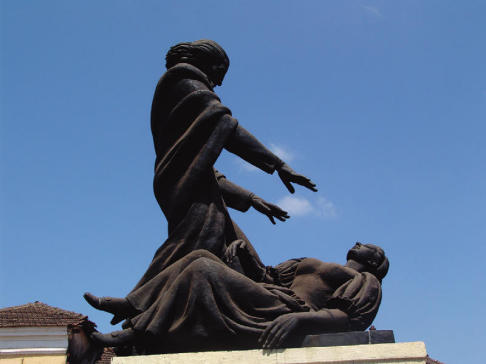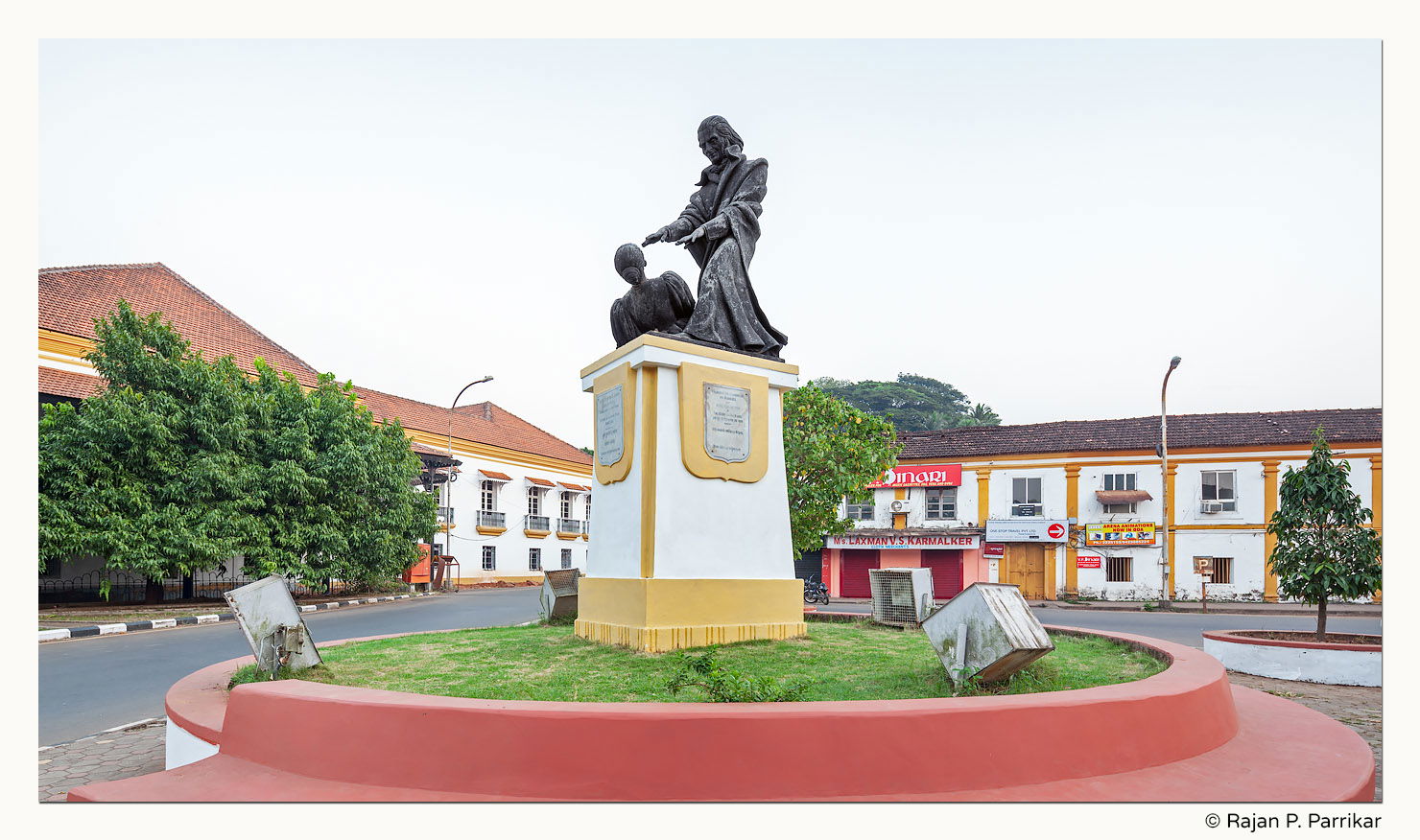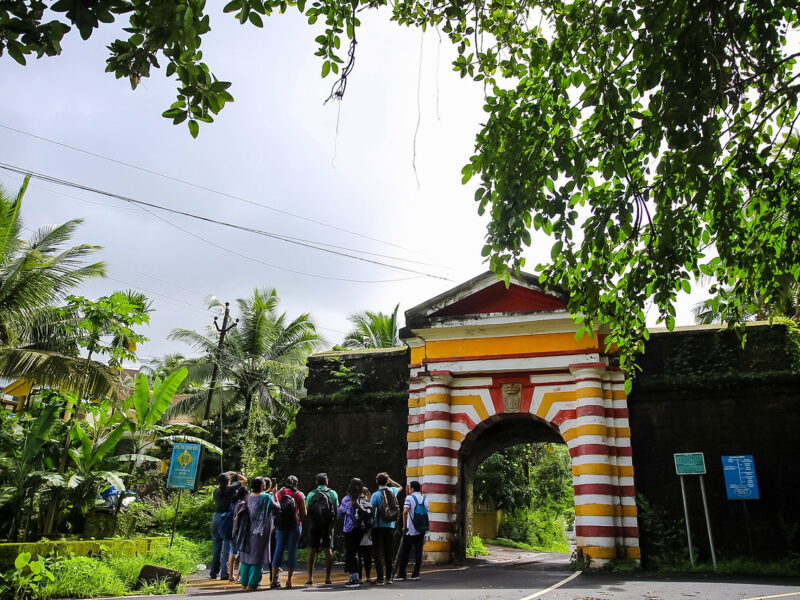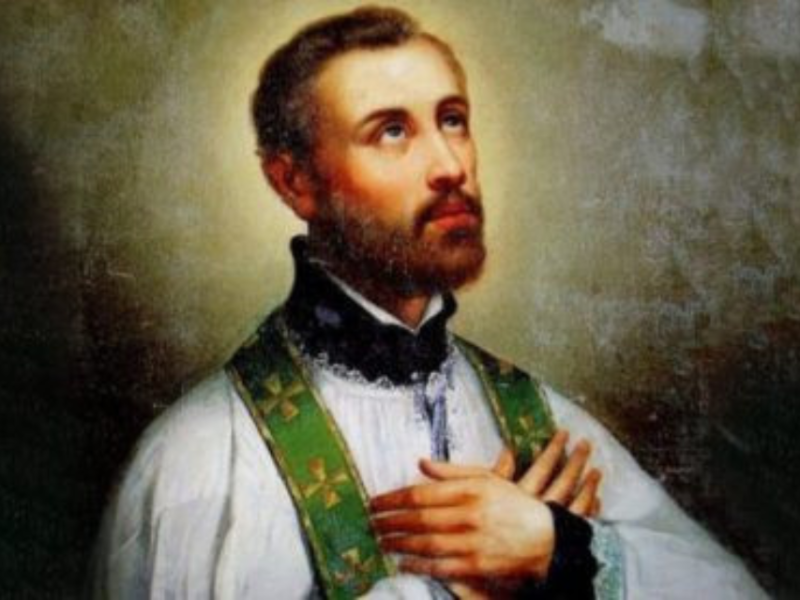As Goans, we hear the Konkani phrase “kattor re bhaji” at least once somewhere or the other. The words are simple – “just cut the vegetables!” – but the motivation they convey and the encouragement they hold is insurmountable. You’re probably wondering how a phrase like that could encourage anyone, let alone a priest? Maybe it would’ve made sense if they were said to a chef participating in a vegetable cutting competition. But a priest? It is a strange mystery but with a heartwarming story. That phrase that came from his father, pushed a man from Candolim to stand up before a crowd, to overcome his stage fright and to put forth his thoughts fearlessly. This kickstarted his relentless journey to create a niche for hypnosis in psychology.
The birth of a legend – Abbe Faria

Jose Custodio de Faria, better known as Abbe Faria or Abade Faria, put science in hypnotism by defying Franz Mesmer’s idea of it being some controllable natural force. He showed that what everyone assumed to be devilry or trickery, was just a trance that could be induced verbally. All he needed was “suggestion” and the subject’s cooperation. How did it help the world? It sparked research on hypnosis in psychiatry and forever banished the stigma and fear associated with it. Alas, throughout his career, Abbe Faria was shunned, mocked and criticised. What is more troubling is that his work saw the light of the day only after his death in 1819 with which came his fame. Our hearts sink to know that all his efforts went without acknowledgement and appreciation when he was alive.

Today, a picture of Abbe Faria by Bryce Edwards has made its way to the logo of the Corporation of the City of Panjim and as a very aesthetic and macabre sculpture along the Mandovi. The sculpture depicts a man in flowing long shoulder-length hair, draped in shawls, his arms outstretched as a woman collapses right in front of him.
Abbe Faria’s struggles
Back then, it was a scandalous image of a man who had become infamous for his mastery over hypnosis. It was designed meticulously in 1945 by a sculptor – Ramchandra Pandurang Kamat adjacent to Adil Shah’s summer palace in Panjim. Abbe Faria’s well-earned recognition came after a long fight put in by historians, writers and psychiatrists who believed that he hadn’t gotten his due.
Books by Abbe Faria
Today, the man is known as the Father of Hypnosis, having written: “De La Cause du Sommeil Lucide Ou Étude de la Nature de L’Homme” (Of the Cause Of Lucid Sleep or Study of the Nature of Man), a book that was published in 1819, the same year as his death.
“He meant to write three more volumes of the same, but died of a cerebral stroke at 63 before he could,” says Isabel Santa Rita Vas, a researcher who has published a documentary on this legend.
Even then, the book only got popular in the 19th century through Egas Moniz, a Portuguese Nobel Laureate and then in India, through Dr Rajendra Hegde. Dr Hegde, a Goan Psychiatrist spearheaded the search and the eventual translation of this french oeuvre, which was undertaken and brought to completion by Manoharrai Sardessai in 2004.
“I found a book titled Abbe Faria, written by Dr Panduranga Varde, former Director of Education which was a translation of a biography of Abbe Faria written by Egas Moniz. He had some of the most original ideas. During my research, I also realised that Faria’s name is missing in the book Synopsis of Psychiatry, despite him being a crucial precursor to the “suggestive method” of hypnotism.” Dr Hegde remarks in an interview by Cecil Pinto.
Did you know?
Abbe Faria was said to have been held captive in 1797 in the Chateau d’Ilf after being arrested in Marseilles during the French revolution. it is believed that he was bound to solitary confinement there and trained himself using techniques of self-suggestion. It is believed that this helped him retain a sound mind and memory.
The man of many mysteries
Abbe Faria has had a tough journey. When his parents divorced, he moved to Portugal with his father when he was merely 15 years old. He obtained his doctorate in theology there and moved to France to expand his scope. France has many stories to offer on Abbe Faria, from someone having spotted him in the storming of Bastille during the French Revolution, to modifying a game of checkers for a prison guard while he was imprisoned. What’s more, he has made an appearance in Alexander Dumas’ The Count of Monte Cristo as Abbe Faria. No one knows whether Dumas was inspired by the real Abbe Faria or if the character is just a figment of his imagination. This legendary professor of theology and a revolutionary for hypnosis died in Montmartre in France, but the location of his grave is unknown.
Final Thoughts
There are so many mysteries surrounding this infamous hypnotist, but what we do know is that this boy from Candolim lived a thrilling and magnanimous life by helping thousands. Perhaps because he hailed from a colonised Goa, his dismissal of Mesmer’s theories were sidelined and he never gained fame. Yet he persevered, and after almost two centuries, he is finally getting the recognition he is owed for helping add a new chapter in the healing of mankind.
We’re proud to belong to the same land as this legend. There exists a street named after him in Lisbon in Portugal, a caricature of the Abbe is preserved in the National Library of Paris, a street is Margao in Goa is named ‘Rua Abade Faria’, plays and other literature based on his life and work and a fantastic translation of his book “La Sommeil Lucide”. Our hearts are full of pride for the amazing man.




Wow, Abbe Faria’s journey from a simple phrase to hypnotherapy pioneer is so inspiring! Turning skepticism into science is amazing. It’s bittersweet that he got recognition posthumously, but the logo in Panjim and the sculpture along the Mandovi beautifully honor his legacy. What a Goan legend! 🌟